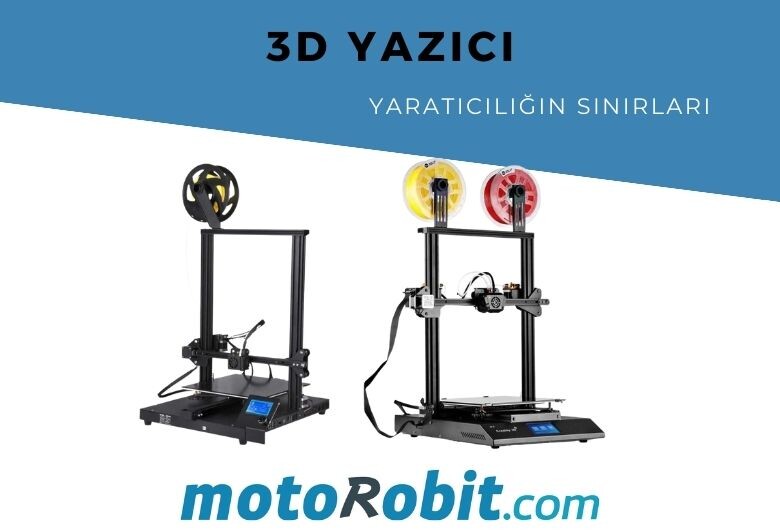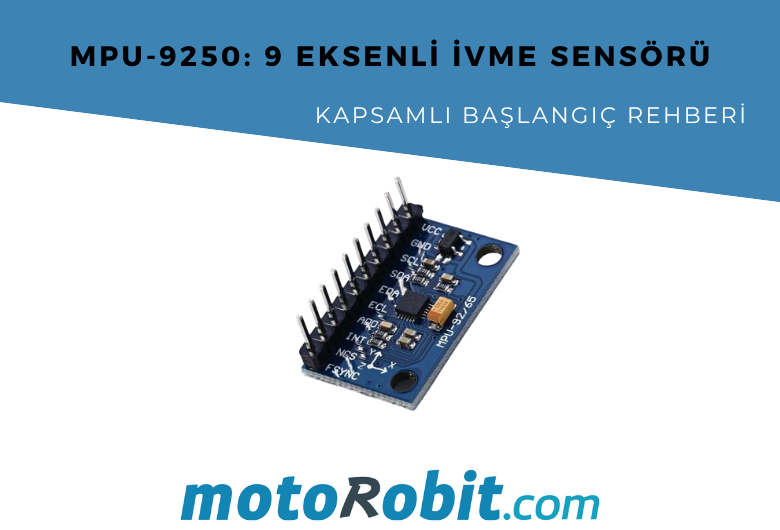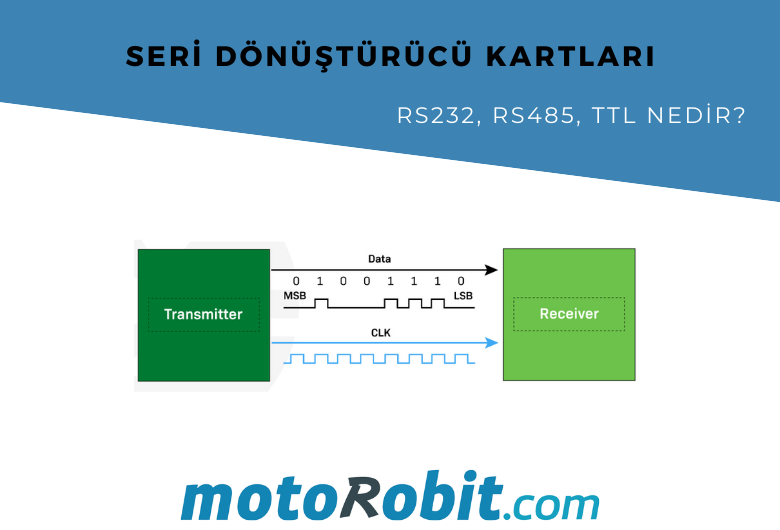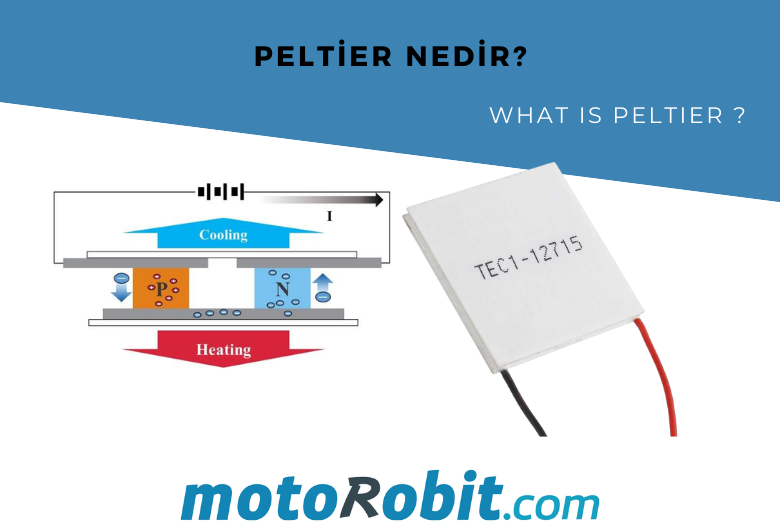Pushing the Boundaries of Creativity with 3D Printers

With rapid advancements in technology today, significant changes are occurring in the manufacturing sector. One of these changes is the rise of 3D printing technology. 3D printers are highly innovative devices that can physically produce three-dimensional objects layer by layer. So, what are 3D printers and how do they work?
What is a 3D Printer?
3D printers are computer-controlled manufacturing machines that transform digital designs into physical objects. These printers typically create an object by layering various materials such as plastic, metal, ceramic, or biological substances. Unlike traditional printing techniques, 3D printers enable the production of complex and detailed products by building the object layer by layer. They operate by using a computer file that contains the digital model of the object to be manufactured. This digital model can be created using CAD (Computer-Aided Design) software or 3D scanners. The 3D printer then divides the digital model into layers and builds the object by adding these layers as material layers, repeating this process until the entire object is created. As a result, a physical object emerges from the digital world.
You can explore and order all the equipment related to 3D printers from the link here.
Applications of 3D Printers:
1. Industrial Production: Industrial 3D printers are used in industrial applications such as prototype manufacturing, customized part production, and manufacturing parts with complex structures.
2. Healthcare Sector: In the biomedical field, 3D printers are used in the production of specialized healthcare products such as prosthetics, implants, and anatomical models.
3. Education: In educational institutions, 3D printers are used to help students learn 3D design and manufacturing processes.
4. Architecture and Design: Architects and designers use 3D printers to create scaled models of their projects, presenting a physical representation of the designed buildings.
5. Home Hobby: Home users can use 3D printers to produce personal projects, toys, decorative items, and hobby products.
3D printers are considered the future of manufacturing technology and have a significant impact on many sectors. This technology promotes innovation, accelerates design processes, and facilitates the production of customized products. By combining creativity and perfection, it shapes the future of the manufacturing world.
Creative Possibilities with 3D Printers: What Objects Can You Create?
3D printing technology offers an exciting way to turn your creative ideas into reality, design customized products, and even bring complex projects to life. With this innovative technology, you can produce a variety of objects that can be used in the real world by simply creating a digital model.
1. Toys: Whether for your children or for hobby purposes, you can use a 3D printer to create your own custom-designed toys. You can produce various gaming objects such as figures, cars, and puzzles.
2. Medical Models: In the healthcare sector, doctors and surgeons use 3D printers to simulate diseases and surgeries, as well as to produce special implants and prosthetics.
3. Architectural Prototypes: Architects use 3D printers to create scaled models of their projects, providing a physical representation of the designed buildings.
4. Jewelry and Fashion Accessories: You can design your own jewelry and produce special jewelry, necklaces, bracelets, and other accessories with a 3D printer.
5. Spare Parts: If you can't find a spare part for a malfunctioning device, you can design and print the part you need with a 3D printer. This is a handy method for solving many problems at home.
6. Art and Sculptures: Artists can use 3D printers to produce unique sculptures and artworks. This opens up new doors in the art world and allows you to unleash your creativity.
7. Educational Materials: Teachers and education professionals can use 3D printers to produce interactive educational materials, models that teach students, and materials that support learning.
8. Home Decoration: You can design your own home decoration products. With a 3D printer, you can produce various decorative objects such as lamps, vases, and shelving systems.
3D printers eliminate many barriers that limit your imagination and creativity, opening up new worlds for you. By using 3D printer technology to turn your own projects into reality, you can easily produce objects designed to meet personal and professional needs.

Differences Between Li-ion and Li-Po Batteries: Which Battery is Suitable for Which Project?

MPU-9250: 9-Axis Acceleration Sensor - A Comprehensive Beginner's Guide

What is ULN2003 ?

What are Serial Converter Cards (RS232, RS485, TTL)

What is Peltier and What is its Working Principle?

.png)